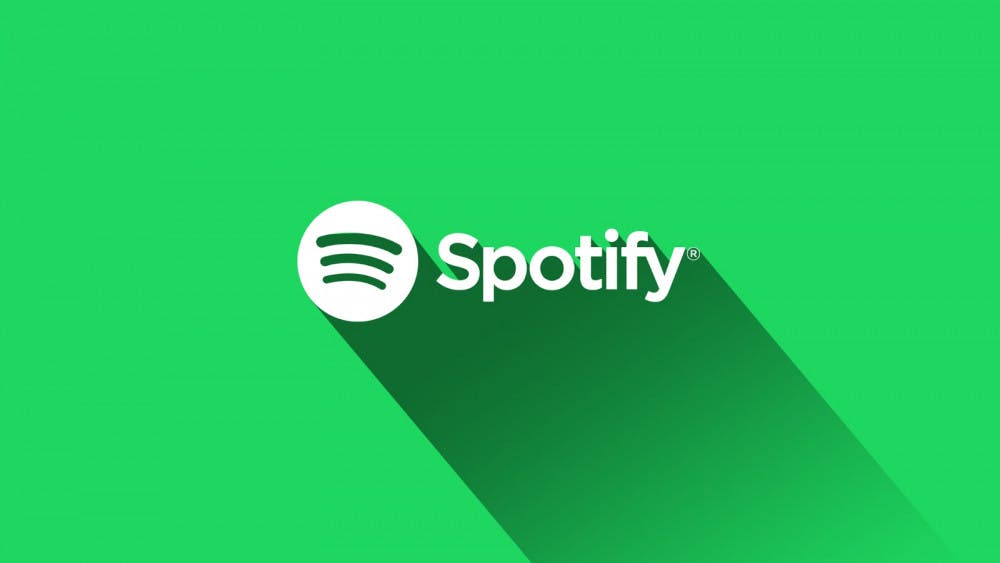Written by Duncan Holzhall
"There can only be one."
As one Joe leaves, another Joe rises. In the world of podcasting, there are two competing Joes: Budden and Rogan. Both have immensely large followings, and both have been involved in large, exclusive deals with Spotify. In August, Joe Budden announced that he would not renew his deal with Spotify, as he felt that the streaming service was "actively pitting [new shows] against us." Unquestionably, Budden was referring to the incredibly popular Joe Rogan Experience (JRE), which Spotify acquired for $100 million. In addition to episodes being exclusive to the platform by the end of the year, Spotify confirmed that the corresponding videos will be uploaded to the platform. Understanding the popularity of JRE's video segments, along with the service's recent acquisitions, reveals a tectonic shift occurring at the company: Spotify is positioning itself to become the next video streaming giant.
While it may seem far-fetched to consider, studying the trends of Spotify's mergers and acquisitions shows that this idea may be feasible. In 2016, Spotify acquired CrowdAlbum, a photo-video aggregator of live performances. Currently, the platform uses the technology for Spotify Fan Insights (now Spotify for Artists), allowing artists to compile analytics and materials from performances for promotional or press material. However, the tool could easily be repurposed and made publicly available and interactive with listeners as another avenue of media consumption on the app. This could also open another avenue for artists to further monetize live shows by aggregating videos on the app and releasing them as live albums or playlists.
Live albums accompanied by crowd footage aren't the only way for artists to leverage video on Spotify. In October of 2019, the streaming platform released Canvas - a tool that allows artists to upload three to eight second long looping videos. Seen by the platform as album art for the 21st century, the tool has exited beta and is becoming increasingly present across the app. According to Spotify, using Canvas on a track increases track shares by up to 200% as well as increasing total streams and saves, adding that artists can upload new Canvas' to keep listeners coming back to the app. By allowing artists to upload new content to their tracks, Spotify is making a bid to increase user engagement and time spent on the app. Additionally, it is feasible for the platform to modify the tool to allow full-length music videos and content to accompany songs on the app.
Undoubtedly the biggest augury of Spotify's move to video streaming has been their onslaught of podcast acquisition. In 2019, Spotify spent around $400 million to acquire Gimlet Media, Anchor FM, and Parcast, and in early 2020 brokered a $196 million deal with Bill Simmons to buy The Ringer - a podcast-centric media company surrounding sports and culture. In addition to acquiring 30+ podcast titles and Simmons' consultancy, Spotify has been thrust into the web publishing business. Additionally, Spotify partnered with ESPN and Netflix to create and curate podcasts around the release of The Last Dance, Netflix's original documentary about Michael Jordan, having previously presented curated content for the 2017 South by Southwest (SXSW) conference. By utilizing the creative personnel involved in The Ringer's writing and video content as well as building on the creative partnerships with ESPN and Netflix, Spotify will be able to grow the platform into a broader scope than ever before and create content on a scale not seen before. Finally, the acquisition of the JRE and Spotify's promise to synchronize the accompanying video segments within the app open a Pandora's Box that other artists can use to their advantage to bring attention to other aspects of their artistic enterprise.
Spotify has laid strong foundations for a smooth transition into video streaming, but there are several steps the company has to take before this dream can be fully realized. Firstly, they need to implement features that will increase user engagement with the app. Features such as commenting on songs is one that, while present on other services such as Soundcloud, have not made it into the Spotify UI/UX. Building on this, Spotify would need to make a greater push for the platform to be integrated into visual media. Exclusive streaming partnerships with Sony's PlayStation and Microsoft have served as a good starting point, but further growth would require the company to partner with digital media players such as Roku to make video streaming capabilities more robust. The last strategy that Spotify would need to execute is to incentivize artists to create exclusive video content for the platform. In this arena, Spotify's biggest opponent is Vevo, a company whose success has come from leveraging relationships with major labels, artists, and independent content producers alike to promote and syndicate music videos and other content on YouTube. For Spotify to compete, they would need to goad artists with exclusive licensing deals (such as with JRE) , strengthen their network of syndication, and provide promotional benefits in the form of front page and/or playlist placement.
While it is impossible to predict Spotify's next moves, the company has the pieces in place to make the move into the video streaming realm. With the power and expertise of web publishing and in-house video content creation thanks to recent acquisitions, Spotify wields the capability to become a top-tier video platform and become MTV for the modern age.





